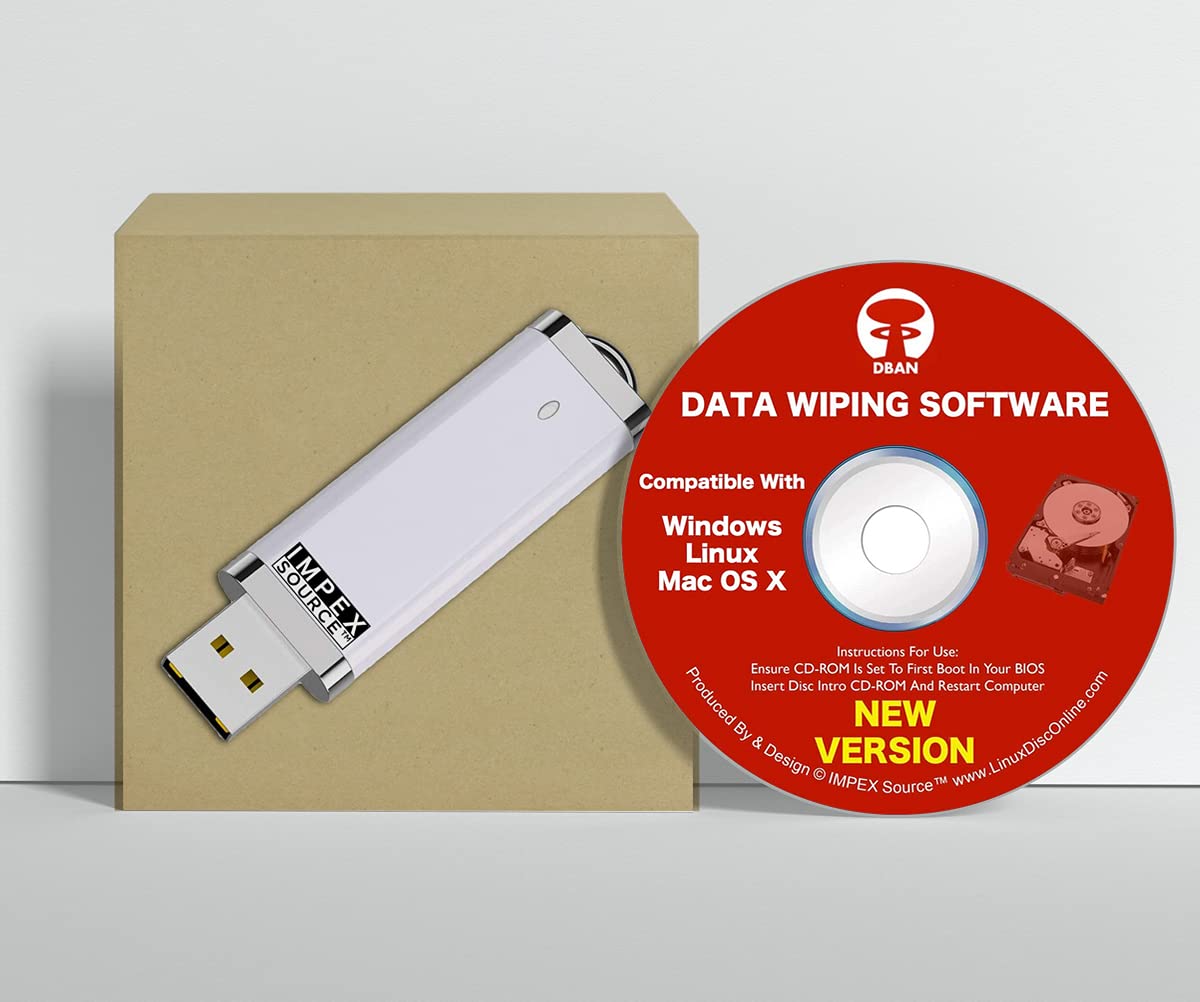Having trouble with your Lenovo or Acer Thinkbook? If you’re encountering the “Default Boot Device Missing or Boot Failed” error, you’re in the right place. Let’s delve into the causes and solutions for this frustrating issue.
Causes of Boot Device Errors
1. UEFI Configuration: Improper UEFI settings can cause boot device errors. Check the UEFI settings and ensure the correct boot order is selected.
2. Corrupted Bootloader: A corrupted bootloader can prevent the system from booting. Use the Windows installation media to repair or restore the bootloader.
3. Faulty Hard Drive: A failing or disconnected hard drive can result in boot device errors. Check the connections and run diagnostic tests on the hard drive to identify any issues.
4. Incorrect Boot Device: If the system is trying to boot from an incorrect device, such as a USB flash drive or DVD, it can lead to boot failures. Make sure the correct boot device is selected in the UEFI settings.
5. Corrupted Operating System: A corrupted or missing operating system file can cause boot device errors. Use the Windows installation media to repair or reinstall the operating system.
6. Hardware Issues: Problems with the motherboard, RAM, or other hardware components can prevent the system from booting. Test the hardware components and replace any faulty parts if necessary.
7. External Devices: Sometimes, external devices connected to the system can interfere with the boot process. Disconnect any unnecessary devices and try booting again.
Changing BIOS Settings and Boot Order
To change the BIOS settings and boot order on your Lenovo or Acer Thinkbook when encountering the “Default Boot Device Missing” or “Boot Failed” error, follow these steps:
1. Restart your computer and continuously press the appropriate key to enter the BIOS setup. This key varies depending on the manufacturer, but it is often F2, F12, or Del. Check your computer’s manual or the manufacturer’s website for the correct key.
2. Once in the BIOS setup, navigate to the “Boot” or “Boot Order” section using the arrow keys on your keyboard.
3. Locate the option that lists the boot devices in the desired order. This is usually labeled as “Boot Priority” or “Boot Sequence”.
4. To change the boot order, use the arrow keys to select the desired boot device (such as the hard disk drive or USB flash drive) and press the “+” or “-” key to move it up or down in the list. The device at the top of the list will be the default boot device.
5. If necessary, you can also disable unnecessary boot devices by selecting them and pressing the “Enter” key, then selecting “Disabled” or “None” from the options.
6. Once you have adjusted the boot order to your preference, save the changes by navigating to the “Exit” or “Save & Exit” option in the BIOS setup and selecting it.
7. Your computer will now attempt to boot from the new default boot device. If the error persists, try troubleshooting other possible causes such as faulty hardware or incorrect disk partitioning.
Activating the Primary Partition
To activate the primary partition on a Lenovo or Acer Thinkbook when encountering the “Default Boot Device Missing” or “Boot Failed” error, follow these steps:
1. Restart your laptop and press the F2 key (or the key specified by your manufacturer) to enter the BIOS or UEFI settings.
2. Navigate to the “Boot” tab using the arrow keys on your keyboard.
3. Locate the “Boot Mode” or “Boot Priority” option and set it to Legacy Support or UEFI, depending on your system.
4. Save the changes and exit the BIOS or UEFI settings.
5. Restart your laptop again and press the F12 key (or the key specified by your manufacturer) to access the boot menu.
6. Select the Windows Boot Manager option from the list.
7. If the issue persists, you may need to reinstall Windows or seek further assistance from a professional.
Repairing the Boot Process

To repair the boot process on a Lenovo or Acer Thinkbook when encountering the “Default Boot Device Missing or Boot Failed” error, follow these steps:
1. Restart the computer and repeatedly press the F12 key or the key specified by your manufacturer to access the boot menu.
2. In the boot menu, select the option that corresponds to your hard drive or SSD.
3. If the error persists, restart the computer again and enter the BIOS setup by pressing the F2 or Del key (refer to your manufacturer’s documentation for the exact key).
4. In the BIOS setup, navigate to the “Boot” or “Boot Options” section.
5. Ensure that the correct hard drive or SSD is selected as the first boot device. If not, use the arrow keys to move it to the top of the list.
6. Save the changes and exit the BIOS setup.
7. If the error still occurs, you may need to repair the Windows boot files. Insert a Windows 10 installation DVD or bootable USB and restart the computer.
8. Follow the on-screen prompts to access the Windows Recovery Environment.
9. In the recovery options, select “Troubleshoot” > “Advanced options” > “Command Prompt”.
10. In the command prompt, type bootrec /fixboot and press Enter.
11. Once the command completes, restart the computer and check if the error is resolved.
If the issue persists, it may indicate a hardware problem with the hard drive or motherboard. In such cases, it is recommended to contact Lenovo or Acer support for further assistance.
Rebuilding the MBR and Running SFC
- Boot your Lenovo/Acer Thinkbook using a bootable USB or DVD.
- When prompted, choose the language settings and click “Next”.
- Select “Repair your computer” and then navigate to “Troubleshoot”.
- Click on “Advanced options” and then select “Command Prompt”.
- In the Command Prompt window, type bootrec /fixmbr and press Enter to execute the command.
- Wait for the process to complete and then restart your computer.
Running SFC (System File Checker):
- Boot your Lenovo/Acer Thinkbook using a bootable USB or DVD.
- Choose the language settings and click “Next” when prompted.
- Select “Repair your computer” and navigate to “Troubleshoot”.
- Click on “Advanced options” and then choose “Command Prompt”.
- In the Command Prompt window, type sfc /scannow and press Enter to initiate the scan.
- Allow the System File Checker to scan and repair any corrupted system files.
- Once the scan is complete, restart your computer.
Wiping the Disk and OS Reinstallation

To wipe the disk and reinstall the operating system on your Lenovo or Acer Thinkbook, follow these steps:
1. Backup your important data: Before wiping the disk, it is crucial to back up any important files or data that you want to keep. You can do this by copying them to an external hard drive, cloud storage, or another computer.
2. Restart your computer and access the boot menu: When your computer starts up, press the appropriate key (usually F12 or F2) to access the boot menu. This will allow you to choose the boot device.
3. Select the boot device: In the boot menu, use the arrow keys to navigate to the option that corresponds to your boot disk or USB drive. Press Enter to select it.
4. Follow the on-screen instructions: Once you have selected the boot device, follow the on-screen instructions to begin the installation process. You may need to format the disk and create partitions during this process.
5. Install the operating system: After formatting the disk and creating partitions, you can proceed with installing the operating system. Insert the installation media (such as a Windows 10 USB or DVD) and follow the prompts to install the OS.
6. Complete the setup: Once the installation is complete, follow the remaining setup instructions to configure your preferences, create a user account, and set up your computer.
Remember to keep your Windows product key handy, as you may need it during the installation process. Additionally, make sure you have a stable internet connection to download any necessary updates or drivers after the installation.
If you encounter any issues during the process or receive error messages, consult the documentation provided by Lenovo or Acer, or search online for troubleshooting solutions specific to your model.
Frequently Asked Questions
How do I fix boot device missing or boot failed?
To fix boot device missing or boot failed, first, check the boot sequence. If it doesn’t appear, switch to legacy BIOS mode and attempt to install Windows. Additionally, reset the BIOS by pressing F9 to load defaults and then pressing F10 to save and exit. If the hard disk is still not recognized, try cleaning it.
How do I fix my Lenovo boot failed?
To fix a Lenovo boot failure, restart your PC and press the hotkey to enter the BIOS when the Lenovo logo appears. In the BIOS setup window, go to the Boot tab and adjust the boot order as needed.
How do I fix my Lenovo not booting?
To fix a Lenovo not booting, try disconnecting the power cord and removing the battery for a few minutes. Then, reinsert the battery and plug in the laptop. If the issue persists, consider restoring the operating system or seeking professional repair assistance.
Why does my laptop keep saying boot failed?
Your laptop may keep saying “boot failed” due to three possible reasons. Firstly, it could be because of an incorrect boot order in the BIOS settings, where a device without the operating system is set as the first boot option. Secondly, the operating system itself may be corrupted, making it unrecognizable to the BIOS. Lastly, the system disk, which contains the operating system, could be damaged, unreadable, or unrecognizable.

